The competitive landscape for VALORANT esports is set to completely change in 2023, with the scene shifting to a partnership model highlighted by three top-tier international leagues in the Americas, EMEA, and Asia.
Ten teams in each league will compete across a full season comprising of two regional splits, with international Masters events taking place throughout the season before culminating in the yearly Champions event to crown a new world champion. Throughout international league play, tier-two teams will do battle in the new Challengers system for a chance at two-year promotions into the top leagues starting next year.
With the pre-season free agency window open and ‘RosterMania’ set to really run wild soon, we took a look at the rulebook for VCT next year so that you don’t have to.
VCT 2023 roster rules and requirements
The pre-season transfer window, the current and ongoing free agency period, officially ends on Feb. 1, 2023. But teams must have an initial competitive roster submitted before Oct. 15, 2022, for the sake of acquiring visas before the VCT 2023 Kickoff tournament in February in Sao Paulo, Brazil.
Each roster must consist of no fewer than six players, meaning each team must field at least one reserve player. The maximum roster size is 10. Each team must also have a registered general manager and at least one coach.
Each team must maintain a starting roster with at least four players that are residents of a country in its applicable league.
VCT 2023 contract and trade rules
Each player signed to a contract must meet a minimum salary. For the Americas league, that minimum is $50,000 per year. In EMEA, it’s €50,000 per year, and in the Pacific league, it’s ₩67,000,000 KRW per year. Contract lengths have to be for at least one season and cannot exceed four seasons.
Players or other team members can be traded between VCT teams. Players can be traded either for other players or cash. There is no limit on the number of trades a team can make.
For a more in-depth look at contracts and player compensation, check out our full guide.


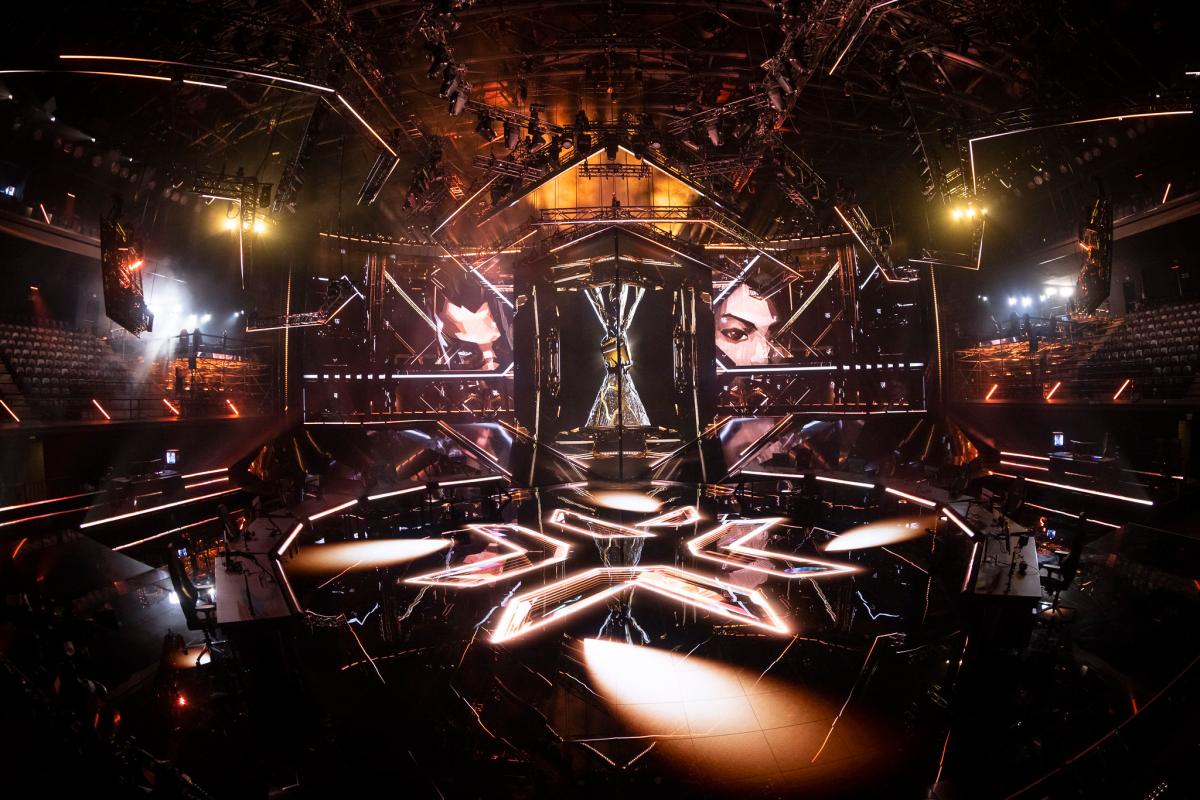
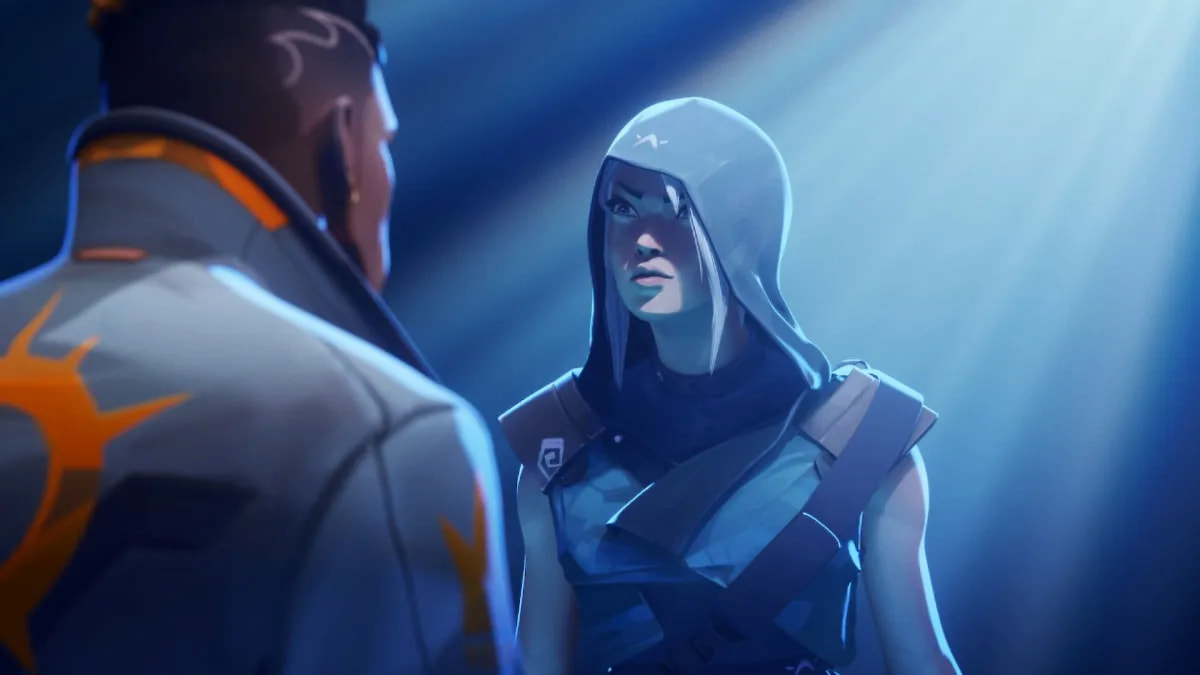
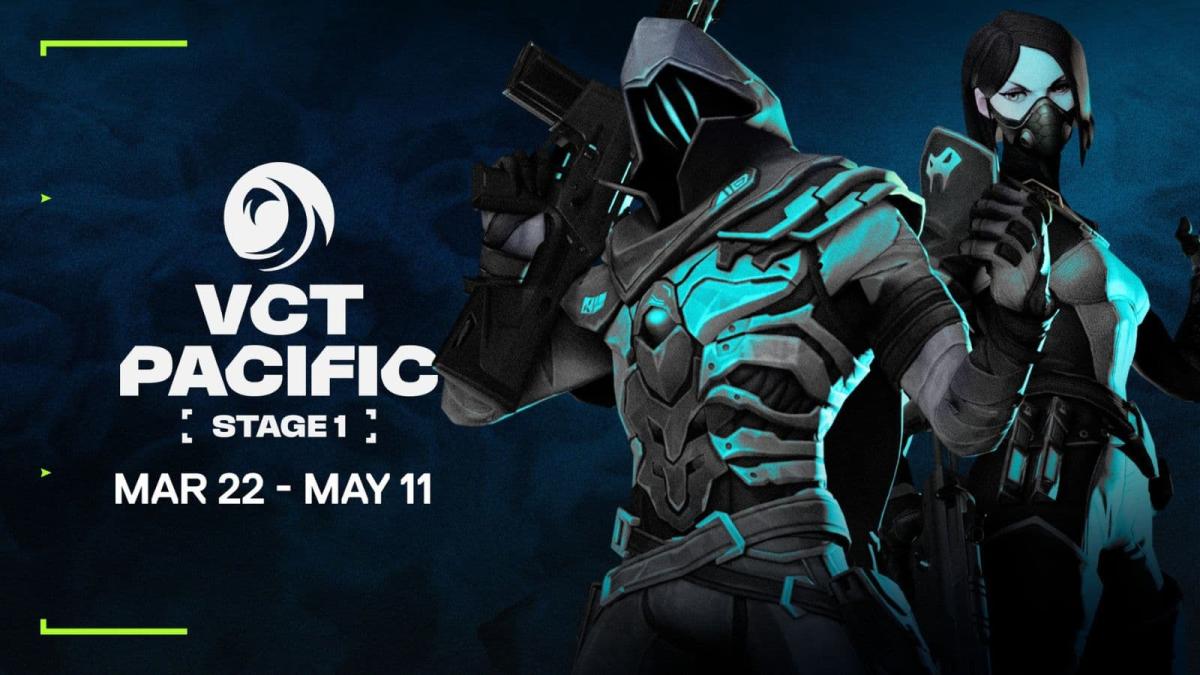
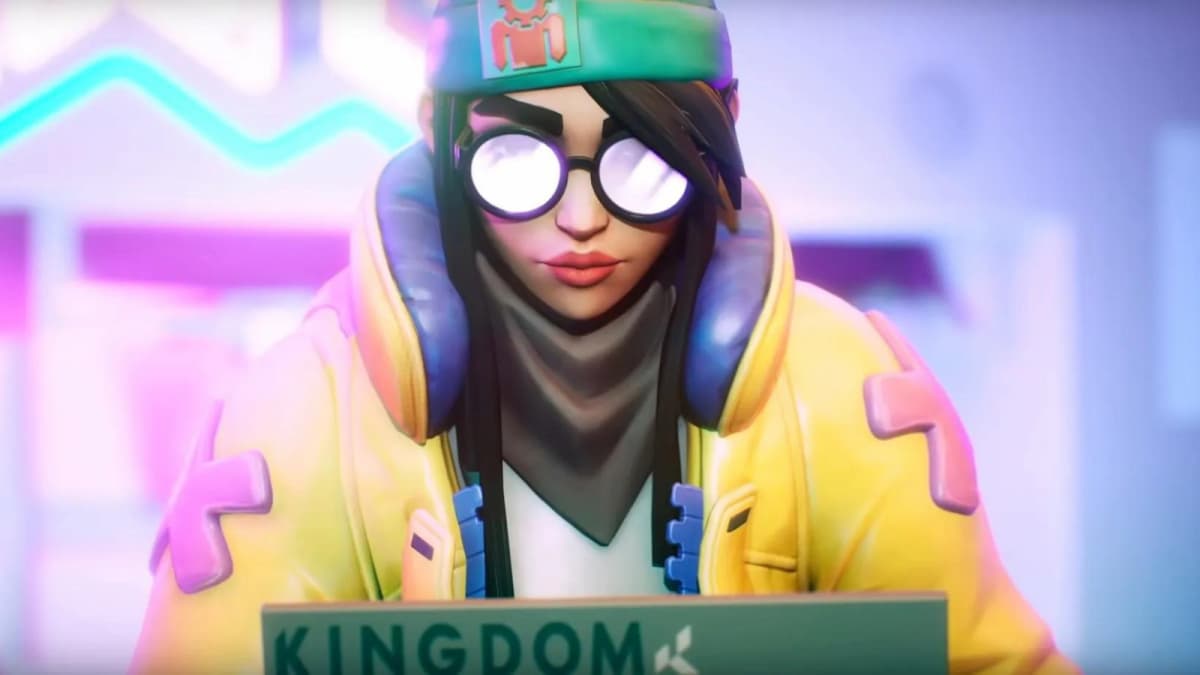
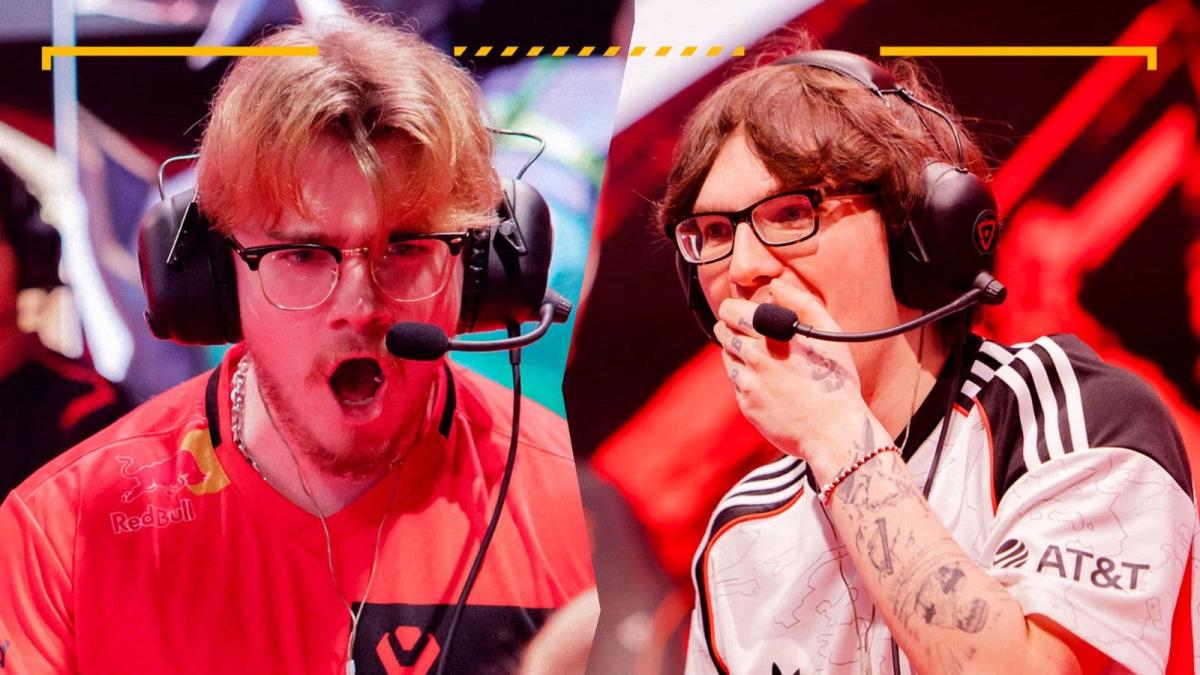

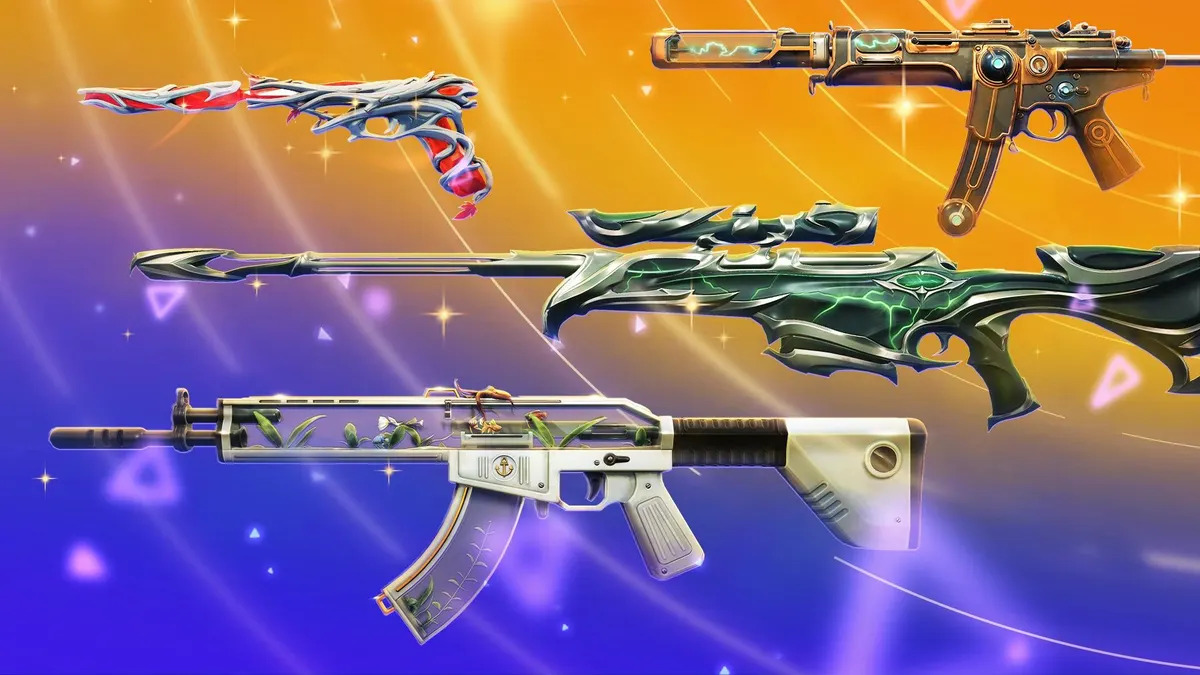
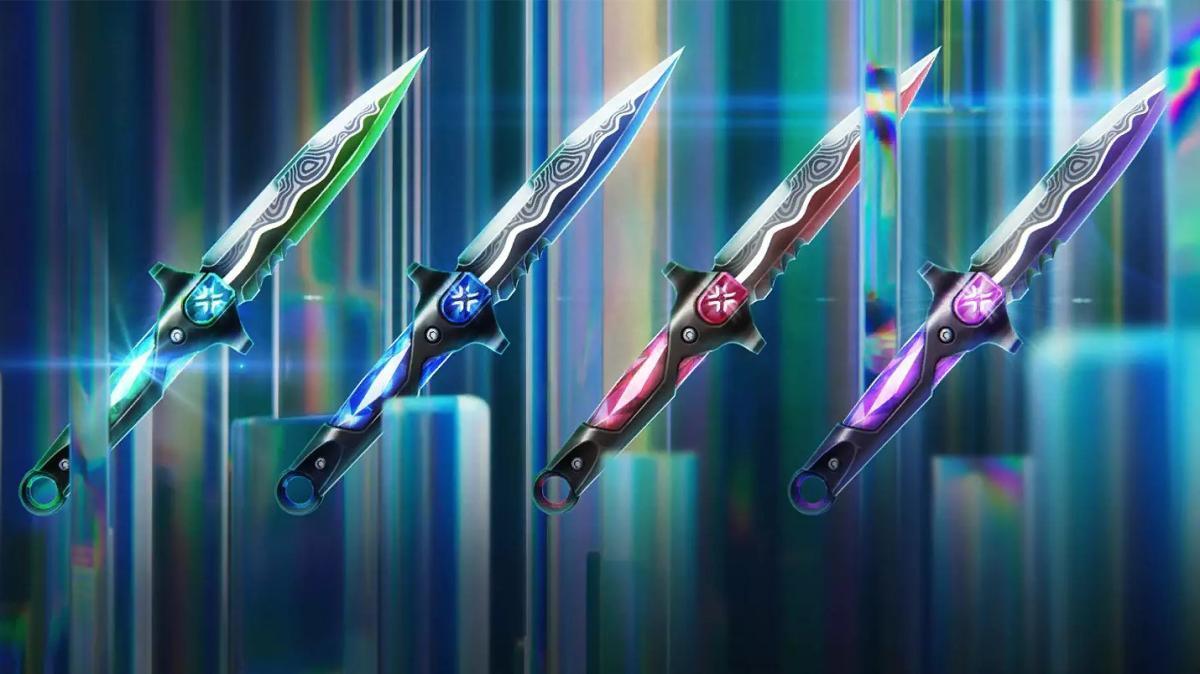
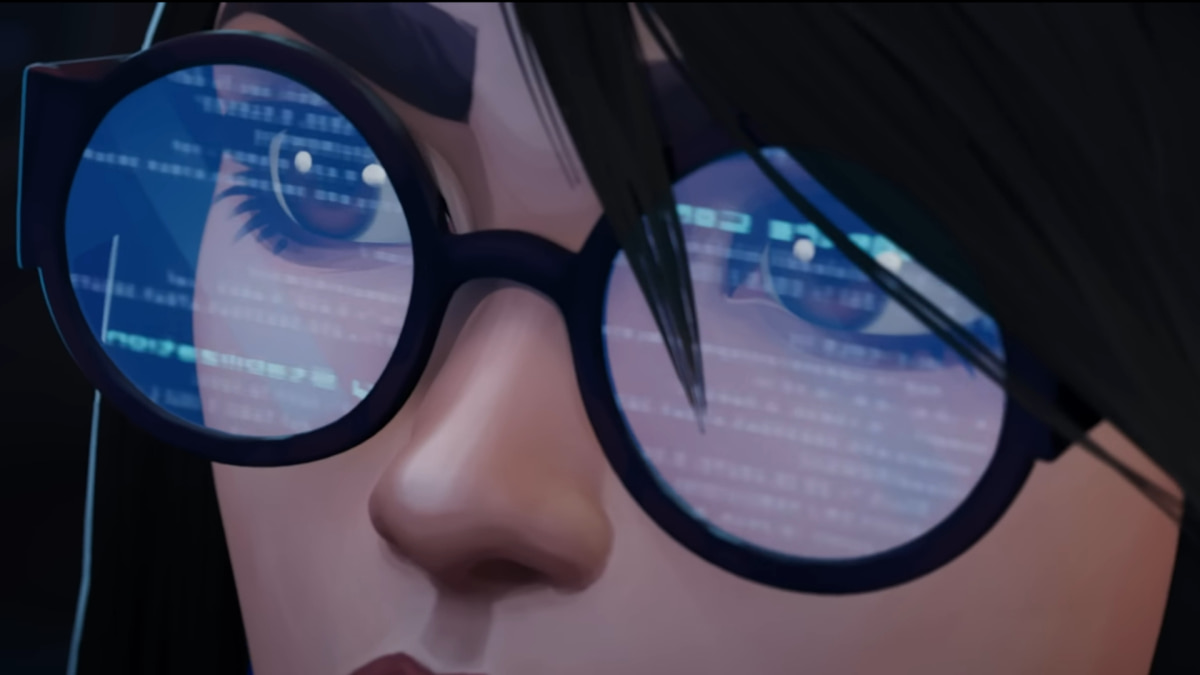
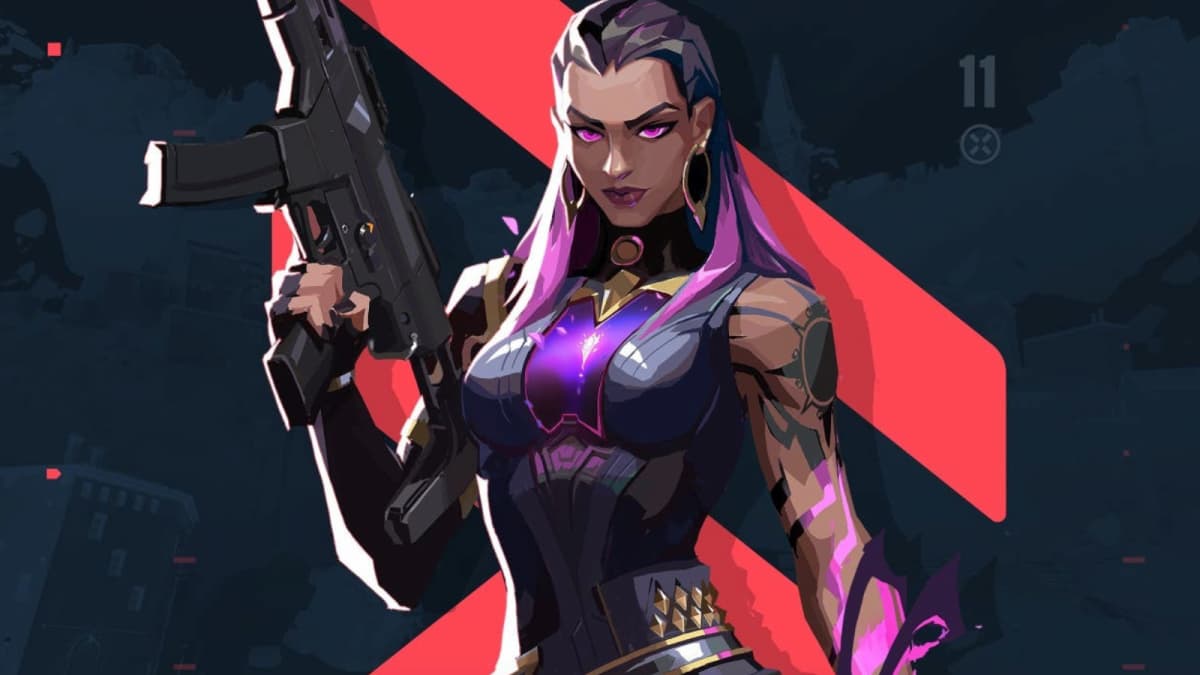

Published: Sep 27, 2022 11:07 am